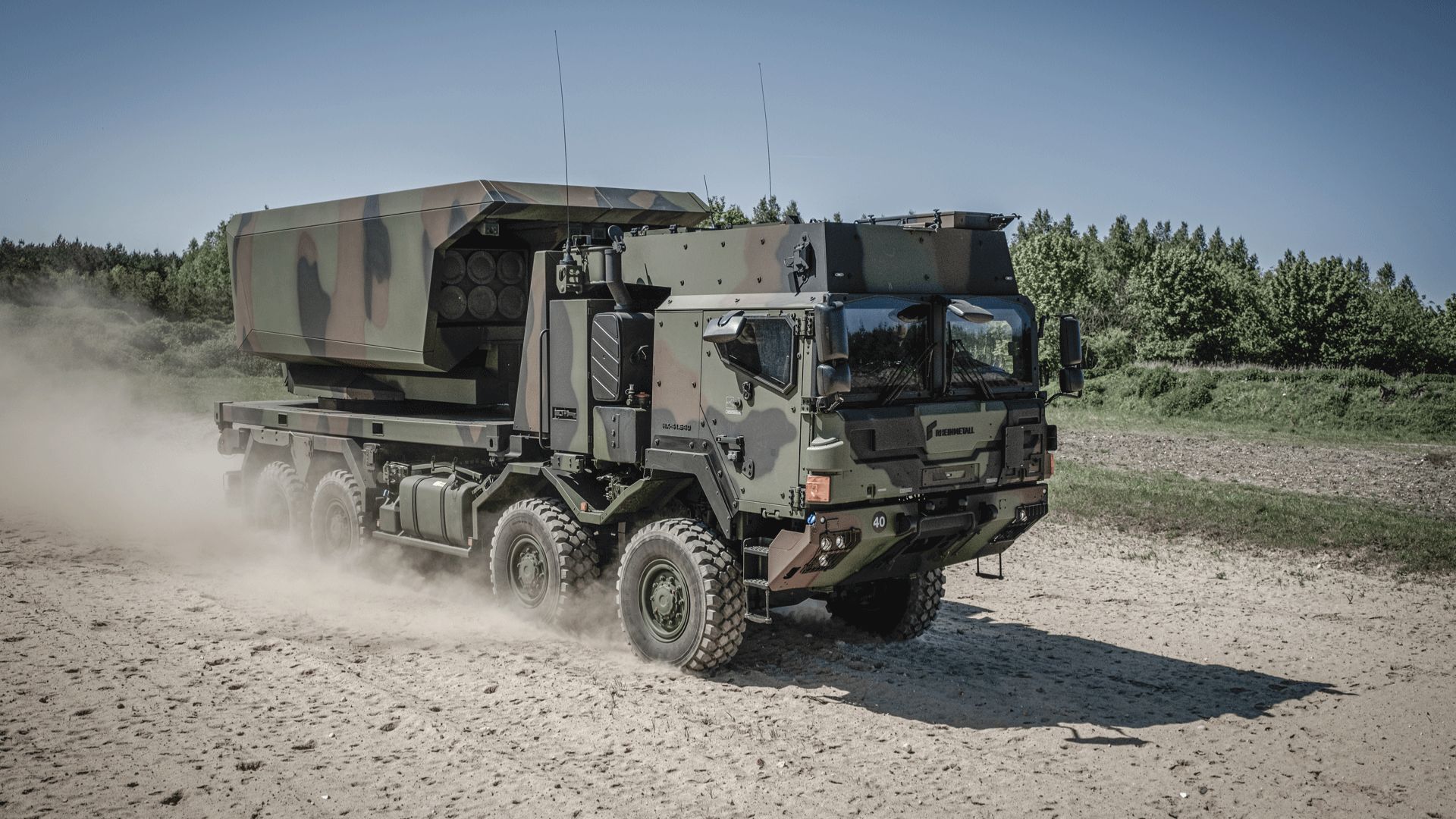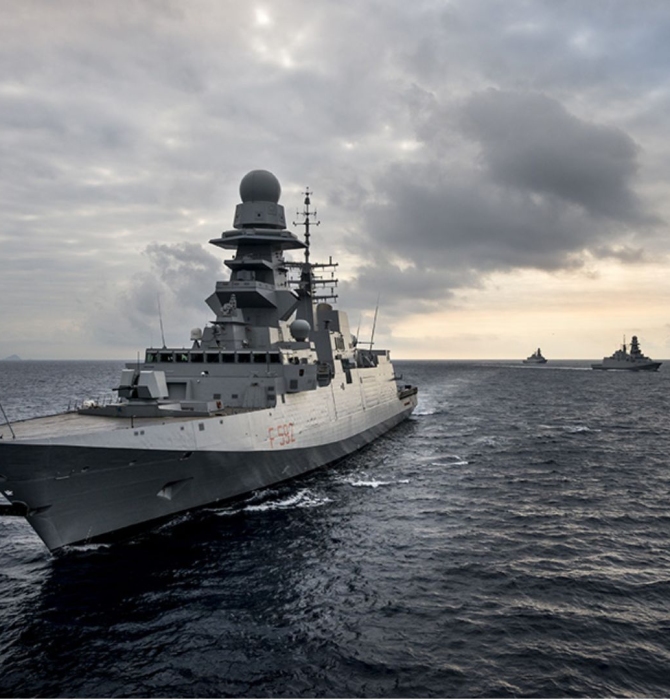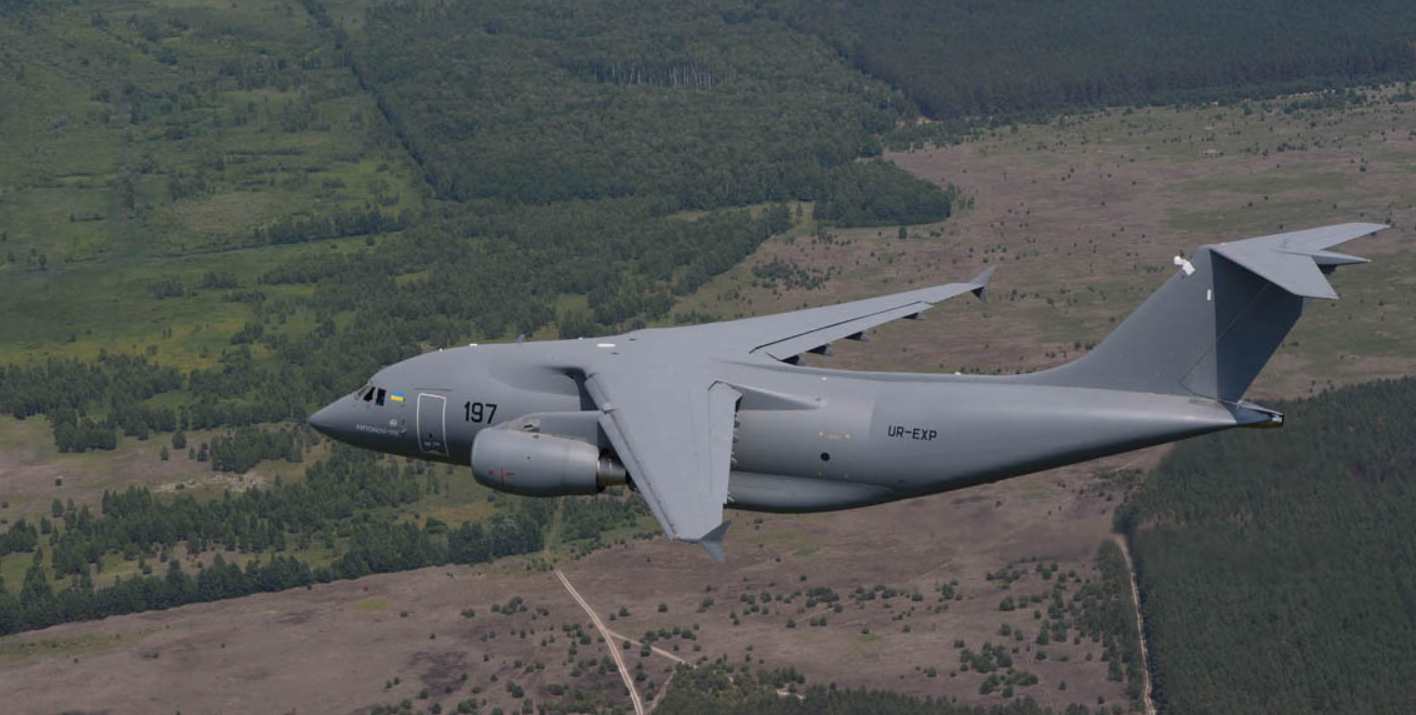
Rheinmetall and Lockheed Martin Unveil the Global Mobile Artillery Rocket System (GMARS)
Rheinmetall and Lockheed Martin have officially revealed the Global Mobile Artillery Rocket System (GMARS), a next-generation precision-strike platform designed to meet the evolving demands of modern battlefields.
The announcement was made during an international summit in Europe, which brought together defense officials and experts from 14 nations.
The event highlighted GMARS’ capabilities, its interoperability with NATO systems, and its potential to redefine long-range precision fire operations.
Key Features and Capabilities of GMARS
The GMARS is a highly advanced artillery system capable of supporting munitions with ranges exceeding 400 kilometers, making it a versatile platform for long-range precision fire missions.
It accommodates the Guided Multiple Launch Rocket System (GMLRS), which offers a range of over 70 kilometers, and its Extended Range variant (ER GMLRS) that extends this capability to 150 kilometers.
Additionally, the system can deploy the Army Tactical Missile System (ATACMS) with a range of 300 kilometers and the Precision Strike Missile (PrSM), which exceeds 400 kilometers in range.
Designed for seamless integration with NATO-standard platforms such as HIMARS and M270, GMARS ensures interoperability across allied forces.
Mounted on Rheinmetall’s HX3 tactical truck, GMARS combines mobility and survivability. It can achieve speeds of up to 100 km/h and has an operational range of 700 kilometers, enabling rapid deployment across diverse terrains.
The system’s shoot-and-scoot capability allows it to reposition quickly after firing, reducing vulnerability to counter-battery fire.
Operated by a crew of just two soldiers, GMARS features an automated boom-and-hoist system for reloading in all weather conditions, ensuring operational efficiency.
Moreover, GMARS is designed with future adaptability in mind. Its compatibility with emerging munitions, including surface-launched cruise missiles, ensures its relevance in evolving battlefield scenarios.
This forward-looking design not only enhances its longevity but also makes it a critical asset for multi-domain operations.
Notes and Comments
The launch of GMARS underscores a growing global emphasis on land-based precision-strike systems. Recent conflicts, such as Ukraine’s use of HIMARS, have highlighted the strategic value of these platforms in disrupting adversary logistics and infrastructure at stand-off ranges. HIMARS demonstrated the effectiveness of land-based systems in delivering precision strikes while maintaining operational flexibility.
However, challenges such as electronic warfare vulnerabilities have exposed limitations in legacy systems. GMARS addresses these gaps through advanced navigation systems and compatibility with next-generation munitions like PrSMs. Its ability to integrate seamlessly into NATO operations further positions it as a cornerstone for collective defense strategies.
This development reflects broader trends among militaries worldwide. Land-based strike platforms offer cost-effective alternatives to air-launched systems while providing rapid deployability and precision targeting. Nations such as Pakistan have also explored similar capabilities to counter adversary advances effectively.
GMARS represents not just a technological leap but also a conceptual evolution in how militaries approach long-range fires. By bridging the gap between traditional artillery and strategic missile forces, it offers a versatile solution for multi-domain operations. Its focus on extended range and interoperability aligns with the increasing demand for stand-off capabilities in contested environments.
The inclusion of future munitions like low-cost surface-launched cruise missiles further highlights its adaptability to emerging threats. As geopolitical tensions persist, GMARS could play a pivotal role in shaping the future of land-based strike capabilities across NATO and allied forces.


